Shadow photography is a captivating genre where the play between light and shadow can evoke a wide range of emotions, depth, mystery, and drama. By skillfully manipulating shadows, photographers can craft stories and moods in ways that don’t require a lot of props or complex scenes. In this blog, we’ll dive into the world of shadow photography, exploring techniques, tips, and creative ideas for beginners and seasoned photographers alike.
Introduction To Shadow Photography:
- What is Shadow Photography?
At its core, shadow photography captures the unique relationship between light and shadow. Rather than focusing solely on the subject itself, this genre emphasizes the shapes, contrasts, and textures that shadows bring to an image. The result is often a striking blend of emotion, mystery, or even surrealism.
- The Appeal of Shadows in Photography
Shadows add richness and dimension to photos, guiding the viewer’s eye and encouraging exploration of the image. They’re versatile and can set a range of moods, from intimate and nostalgic to mysterious and dramatic.
- The Beauty of Shadows
- Create Silhouettes: Use shadows to create striking silhouettes that stand out against vibrant or contrasting backgrounds.
- Play with Light: Use intricate light sources to craft abstract patterns or designs within the shadows.
- Add Texture and Depth: Subtle shadows reveal the details and textures that give an image a life-like quality.

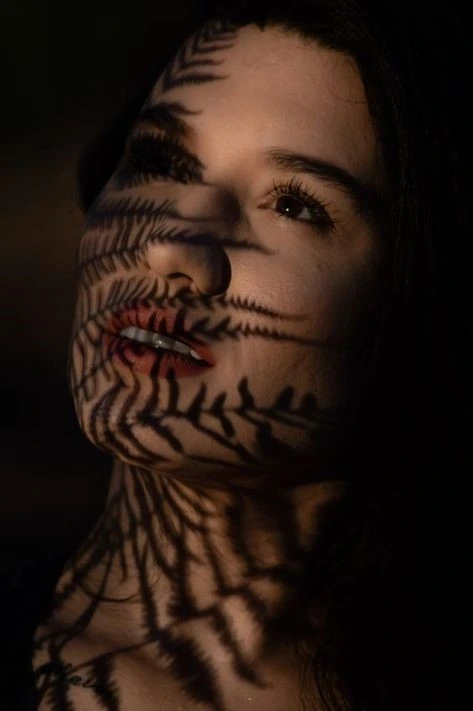
Essential Gear for Shadow Photography
- Camera and Lens Choices : You don’t need high-end gear to capture beautiful shadows, but a camera with a good dynamic range can help balance shadows and highlights. Prime lenses with wide apertures are ideal for creating soft gradients in shadows and isolating your subject effectively.
- Lighting Equipment: Controlling light is key in shadow photography. Portable lights like LED panels, soft boxes, or even a flashlight can add depth to shadows. For natural light enthusiasts, early mornings or late afternoons offer the softest and most dramatic shadows.
- Accessories: Reflectors, diffusers, or colored gels can enhance shadows, adding subtle hues or highlights to your shot. A tripod is also handy, especially in low-light situations, to ensure stability.
Exploring Creative Ideas in Shadow Photography:
- Shadow Patterns and Textures : Shadows cast by lattice work, leaves, or blinds can create beautiful patterns on textured surfaces. Focus on these elements to emphasize the patterns shadows make rather than the object casting them.
- Reflections and Shadows Together : Pairing shadows and reflections can produce surreal, dreamlike compositions. This is especially effective when photographing water, mirrors, or glass surfaces.
- Shadows as the Main Subject : Sometimes, shadows themselves can take center stage, eliminating the need to include the object casting them. This technique adds an element of mystery and encourages the viewer to interpret the image.
- Abstract Shadow Photography : Abstract shadow photography embraces experimentation. By playing with light, reflections, and angles, you can create otherworldly images where shadows seem to take on forms and meanings of their own.
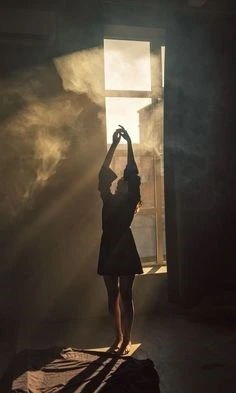



Storytelling through Shadows:
- Mood and Atmosphere : Shadow photography is ideal for setting a particular mood in landscapes. Shadows can lend an eerie, serene, or mysterious quality to an image, making viewers feel like they’re part of the scene. The quiet of dawn or the eerie stillness of dusk are perfect settings for mood-heavy shadow shots.
- Narrative : Shadows can be powerful storytellers. They suggest hidden layers or memories, adding mystery or intrigue to an image. Each shadow acts as a clue, inviting viewers to explore and interpret the story behind the shot.
- Portraiture: Shadows in portrait photography can emphasize facial contours, adding depth and emotion to a subject. Shadows can hint at vulnerability or strength, helping to capture a deeper essence of the person in the image.
Shadow Photography in Black and White:
- Why Black and White? : Black and white shadow photography enhances contrast, highlighting the relationship between light and shadow. Without colour, shadows gain prominence, directing attention to shapes, lines, and textures.
- Making the Most of Monochrome Shadows : When shooting in black and white, seek out high-contrast scenes and experiment with angles to capture dramatic shadows. Editing tools can further enhance these contrasts, bringing out details that refine the image.
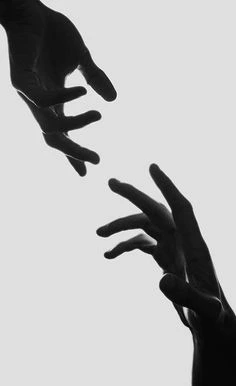


Tips for Perfecting Shadow Photography:
- Play with Exposure :Experimenting with exposure settings can enhance your shadow work. Underexposing can deepen shadows, while overexposing brings out details otherwise hidden.
- Use Composition Wisely : Shadows can balance, structure, and add rhythm to a composition. The Rule of Thirds, leading lines, and framing techniques can enhance the visual impact of shadows.
- Experiment with Angles and Perspective : Changing your shooting angle can transform the look of shadows. Low angles can make shadows appear longer, while overhead shots create compact, intense shadow shapes.
Embrace Post-Processing : Post-processing can fine-tune shadows, adjusting contrast and exposure to perfect your image. Editing software like Lightroom or Photoshop is ideal for enhancing subtle shadow details.
Practical Shadow Photography Ideas:
- Shadow Portraits : Place your subject near a window or light source to use shadows that accentuate facial features, adding a moody, mysterious effect.
- Nature and Landscape Shadow Photography : In nature, shadows add depth, especially during golden hour. They bring dimension to landscapes, giving life to mountain ranges, forests, and other natural settings.
- Architecture and Urban Shadows: Buildings, fences, and railings create geometric shadows that are ideal for architectural photography. Shadows can transform cityscapes into visually striking scenes.
- Minimalist Shadow Photography : Minimalist shadow photography is all about simplicity. Focus on a single object or area, using shadows to draw attention to specific details for a clean, impactful composition.
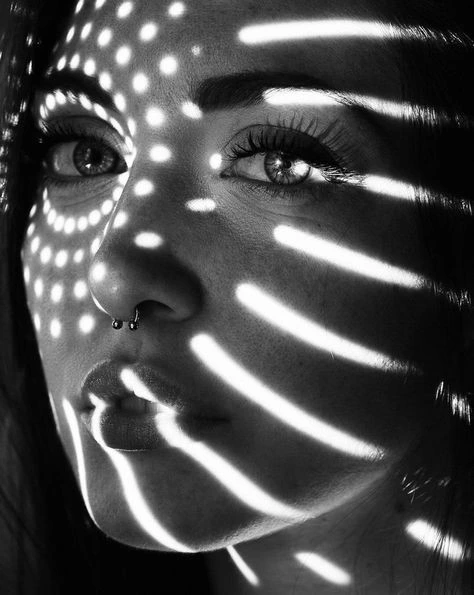
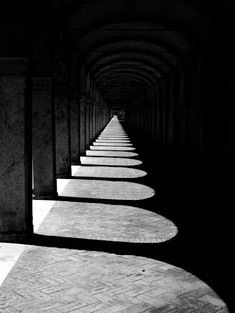
Conclusion:
Shadow photography is an expressive art form that thrives on light and dark contrasts. Whether using natural or artificial light, there’s an endless potential for creativity. Experimenting with different techniques, equipment, and subjects can help you use shadows to evoke emotions, tell stories, and turn everyday scenes into intriguing works of art.
For photographers, the journey of exploring and perfecting shadow work is ongoing. So, grab your camera, play with light, and see where the shadows take you!

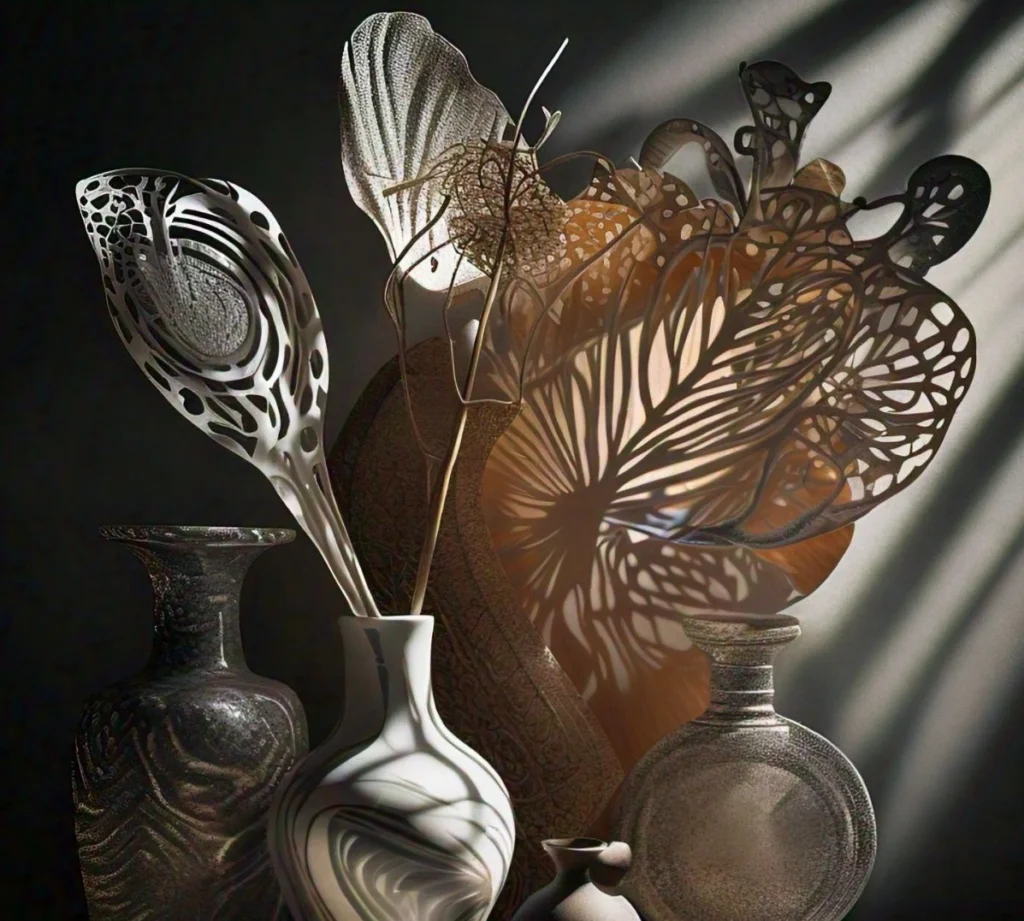
of course like your website but you have to check the spelling on several of your posts A number of them are rife with spelling issues and I in finding it very troublesome to inform the reality on the other hand I will certainly come back again
sure, thankyou so much! will surely keep that in mind!